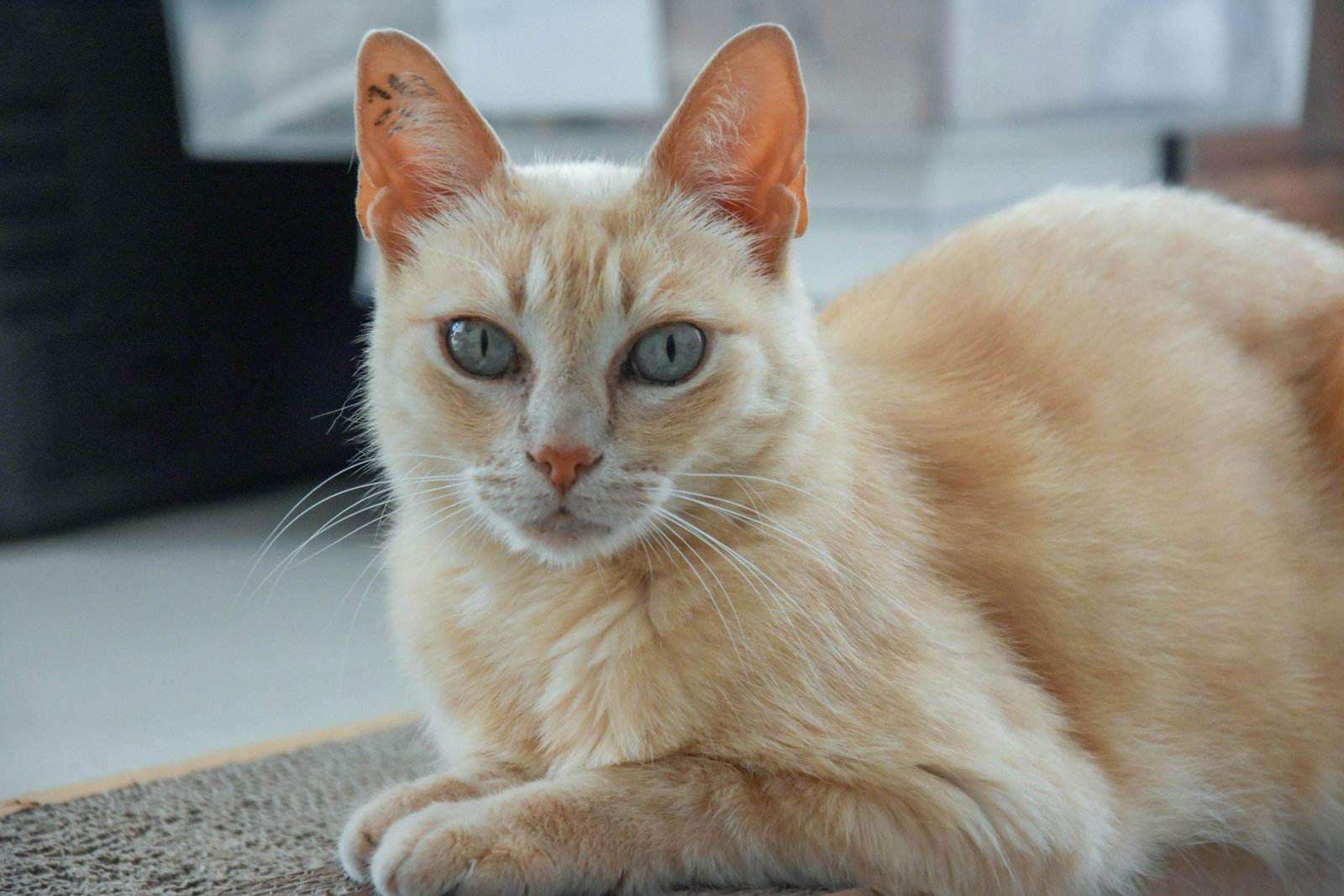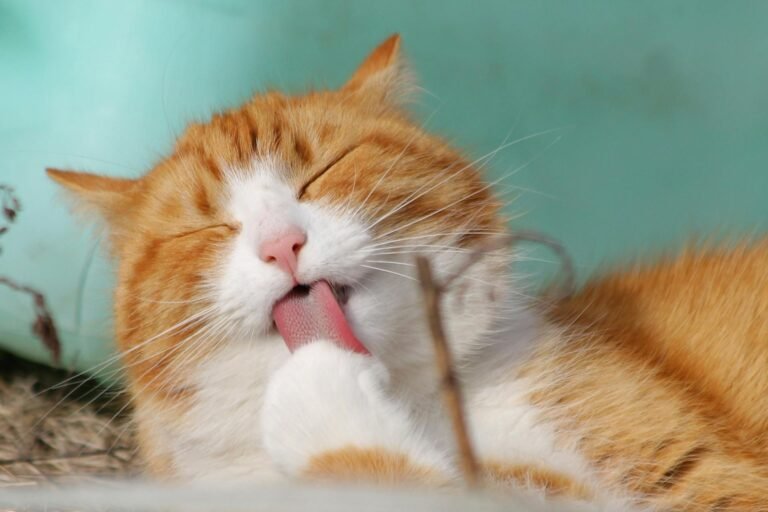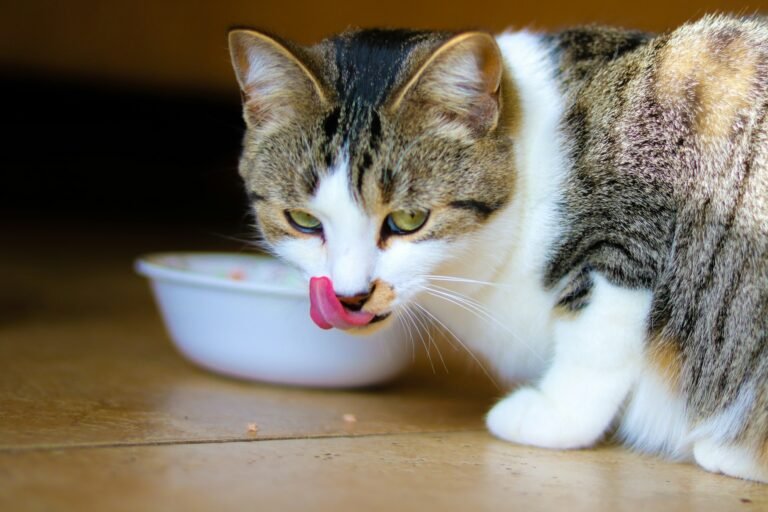How to Make Your Own Dry Cat Food
So, you want to make your own dry cat food? That’s ambitious, my friend, and honestly, kind of impressive!
Maybe you’re tired of spending cash for store-bought kibble that claims to be “all-natural” but smells like mystery meat. Or maybe you just want to treat your cat to the VIP dining experience they clearly deserve 😉
Here’s all you need to know about making the DIY cat food. And if you want more recipes, you can watch the video at the bottom of this post :)!
Why Make Your Own Cat Food?
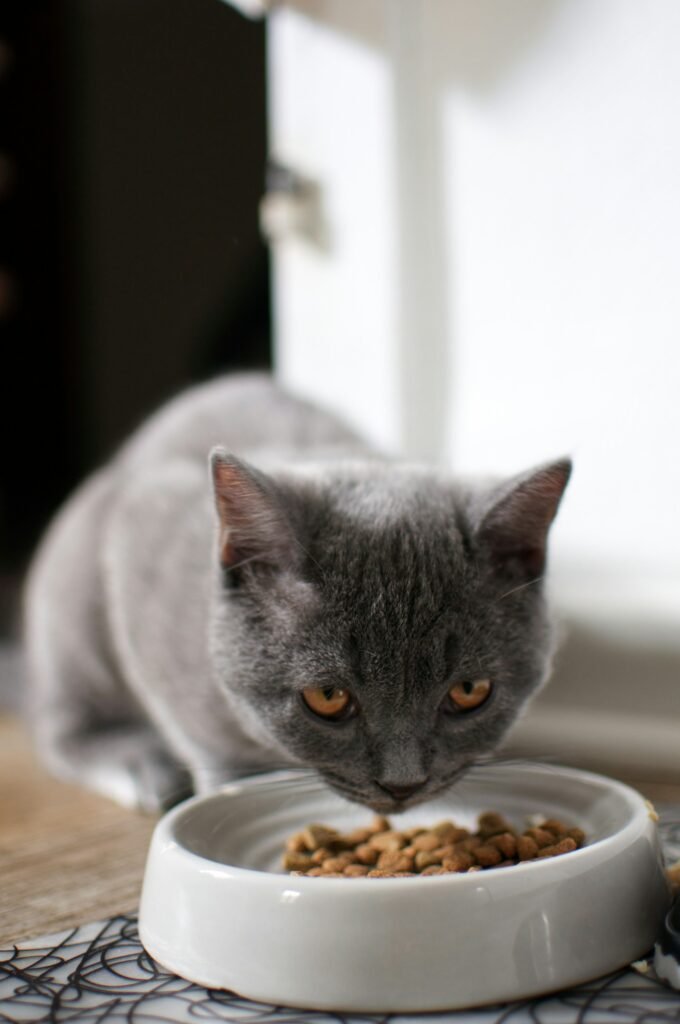
First, let’s address the big question: Why bother? Isn’t the stuff from the store good enough?
Well, sure, if you’re okay with fillers, artificial additives, and ingredients that sound like they belong in a chemistry lab. Making your own dry cat food gives you full control over what your cat is eating.
Plus, it’s kind of satisfying knowing you’re basically a cat chef. (Yes, you can put that on your resume. Probably.)
Still not convinced? Here are some perks of going DIY:
- Healthier ingredients: No weird preservatives or fillers.
- Tailored nutrition: You can cater to your cat’s specific dietary needs.
- Cost-effective: Long-term, it can save you money (and fewer vet visits).
The Basics of Cat Nutrition (Because Science)
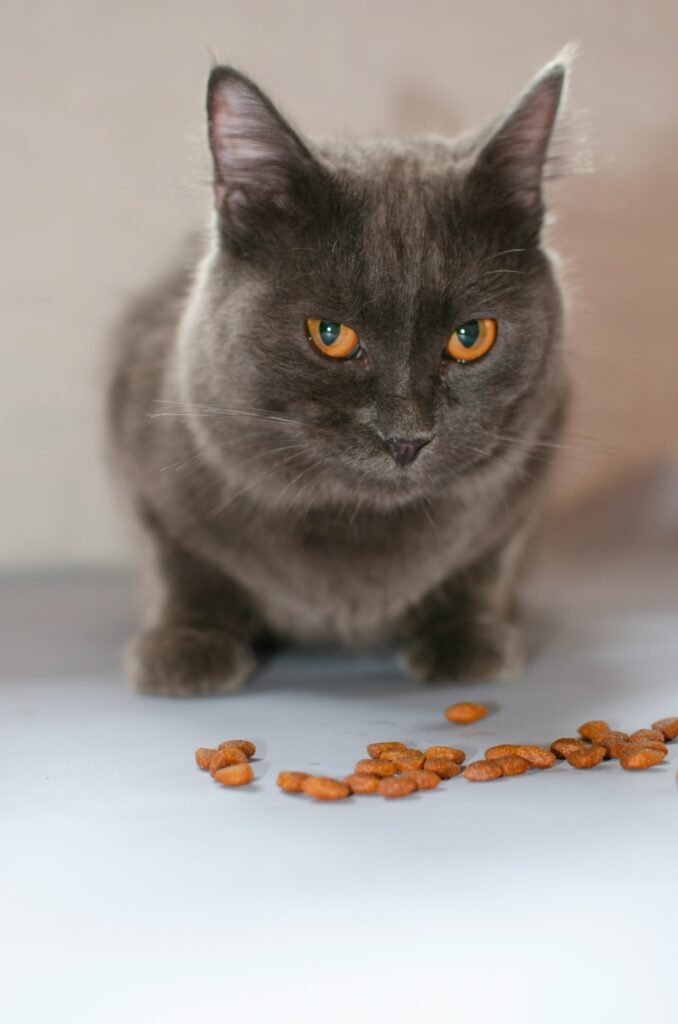
Before you whip out your apron, let’s talk cat nutrition. Cats are obligate carnivores, which is a fancy way of saying they need meat to survive. Unlike us humans, they don’t thrive on salads and tofu.
So, your DIY cat food recipe needs to focus on:
- Protein: Think chicken, turkey, beef, or fish. Cats love meat, and their bodies need it.
- Fat: It’s an essential energy source for your kitty. Don’t skimp on healthy fats like fish oil.
- Taurine: This amino acid is non-negotiable for cats. It’s found in meat, especially organ meat like hearts or liver.
- Carbs: Cats don’t need a ton of carbs, but a little goes a long way (think sweet potatoes or pumpkin).
Got it? Good. Let’s get cooking.
Ingredients You’ll Need (AKA Kitty-Approved Grocery List)
Okay, here’s where the magic happens. To make your own dry cat food, you’ll need a mix of protein, fat, and a few extras for flavor and nutrients. Here’s your shopping list:
Proteins (The Star of the Show)
- Chicken breast or thighs
- Turkey (ground or diced)
- Beef (lean cuts work best)
- Fish (like salmon or tuna)
Fats (Because Cats Deserve to Glow)
- Fish oil (available at most pet stores or health stores)
- Chicken fat (render it yourself if you’re feeling fancy)
Extras
- Eggs: For added protein and binding.
- Sweet potato or pumpkin: Just a small amount for fiber and carbs.
- Cat-safe supplements: Taurine is the MVP here, but also look for feline multivitamins to make sure your mix is balanced.
- Catnip or dried fish flakes: Optional, but it can’t hurt to bribe your cat to love your cooking.
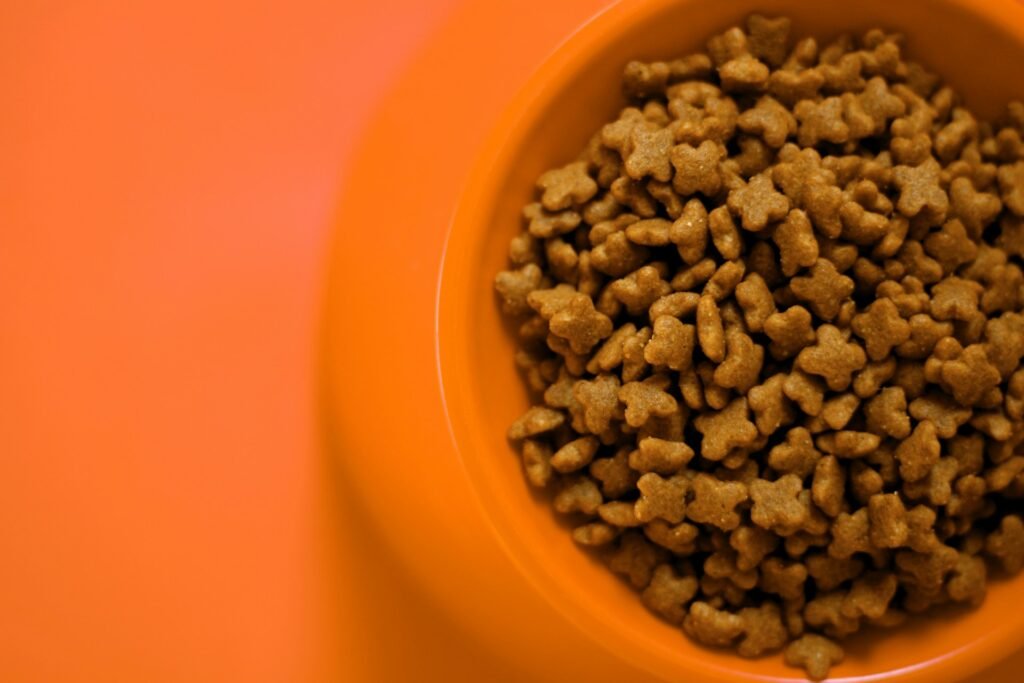
Step-by-Step Instructions (Because We All Need a Little Help)
Ready to unleash your inner Gordon Ramsay (minus the yelling)? Here’s how to whip up your own dry cat food in just a few simple steps:
Step 1: Cook the Protein
Start by cooking your meat. Boil, bake, or grill it—just avoid seasoning. Cats don’t need salt, pepper, or your secret spice blend. Once cooked, chop it into small, kibble-friendly pieces or grind it into a paste if you’re feeling adventurous.
Pro Tip: If you’re using fish, make sure it’s deboned. No one wants a fish-bone emergency.
Step 2: Mix in the Extras
Mash up your sweet potato or pumpkin and mix it with the cooked meat. Crack in an egg for extra protein and to help bind the mixture together. Add your supplements (Taurine, vitamins, etc.) and mix well. It should look… kind of gross, honestly. But hey, we’re not the ones eating it.
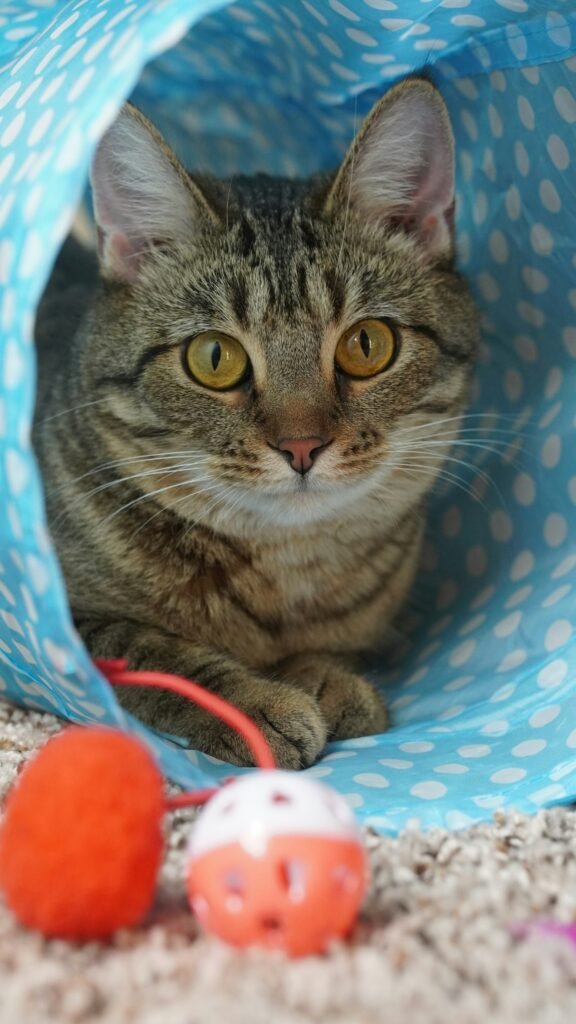
Step 3: Shape the Kibble
Here’s where it gets fun. Roll the mixture into small balls or press it into thin sheets. Then, cut it into bite-sized pieces. It’s basically like making cookies, but for your cat. If you’re not a fan of hand-shaping kibble (who is?), use a piping bag or small cookie cutter for uniformity.
Step 4: Bake It
Preheat your oven to 350°F (175°C). Spread your kibble pieces on a baking sheet and bake until they’re dry and crunchy. This usually takes about 20–30 minutes. Keep an eye on them, though—burnt kibble is a no-go.
FYI: Your kitchen will smell like meat. Consider lighting a candle unless you want your housemates to think you’re cooking for yourself. :/
Storage and Serving Tips
Once your DIY cat food is cool and crunchy, it’s time to store it. Pop it into an airtight container to keep it fresh. Homemade cat food doesn’t have preservatives, so it won’t last forever—use it within 1–2 weeks or freeze for longer storage.
How Much to Serve?
Cats don’t eat as much as you’d think, despite their dramatic begging. A quarter-cup to half-cup of dry food per day is usually enough, but consult your vet if you’re unsure. They’ll give you the side-eye for Googling instead of asking them first, but it’s worth it.
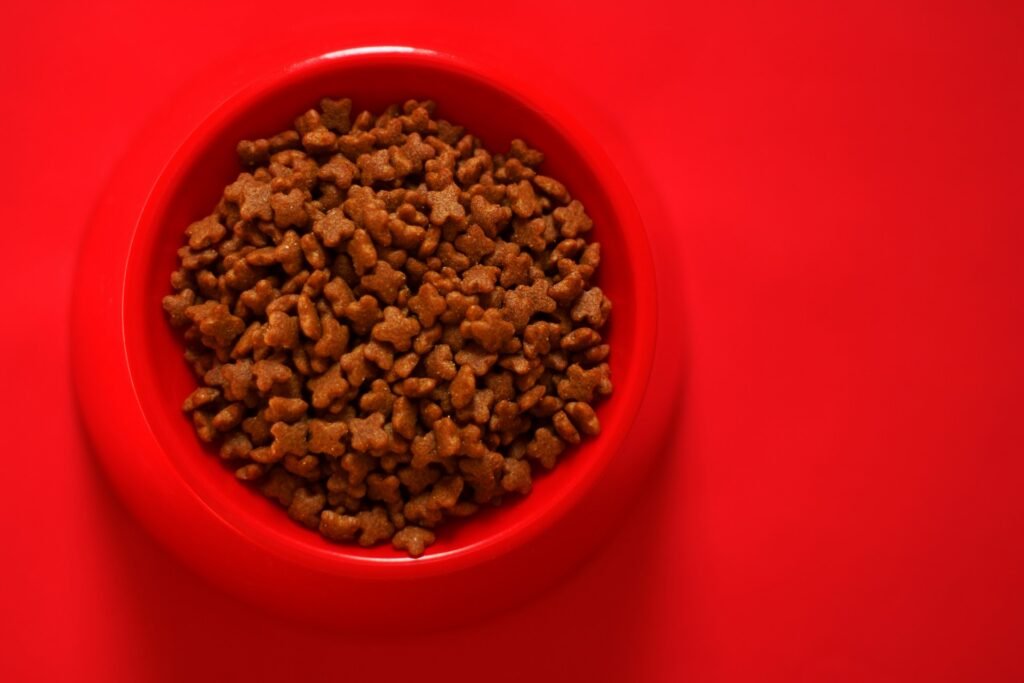
Pros and Cons of DIY Dry Cat Food
Let’s be real—this isn’t all rainbows and purring kittens. There are some upsides and downsides to making your own dry cat food. Here’s the lowdown:
Pros
- Healthier and more natural for your cat.
- You control the ingredients, so no mystery fillers.
- Bragging rights. (“I make my cat’s food from scratch. No big deal.”)
Cons
- It’s time-consuming. (Like, you could be watching Netflix instead.)
- If it’s not nutritionally balanced, your cat could miss out on key nutrients.
- Cats can be picky jerks. There’s no guarantee they’ll even eat it. (Thanks, Whiskers.)
More Cat Food!
Here’s a great video that will show you how easily you can make lots of tasty cat meals for around $15.
Common Issues
Let’s address some of the “fun” problems you might encounter on this journey 😉
“My cat won’t touch it.”
Typical. Cats are the ultimate food critics. Try adding a sprinkle of dried fish flakes or a dash of catnip to entice them.
“It’s too crumbly.”
You probably didn’t add enough egg or fat. Mix it all up again and don’t skimp on the binding agents.
“This is taking FOREVER.”
Welcome to the DIY life. Consider making big batches and freezing them to save time later.
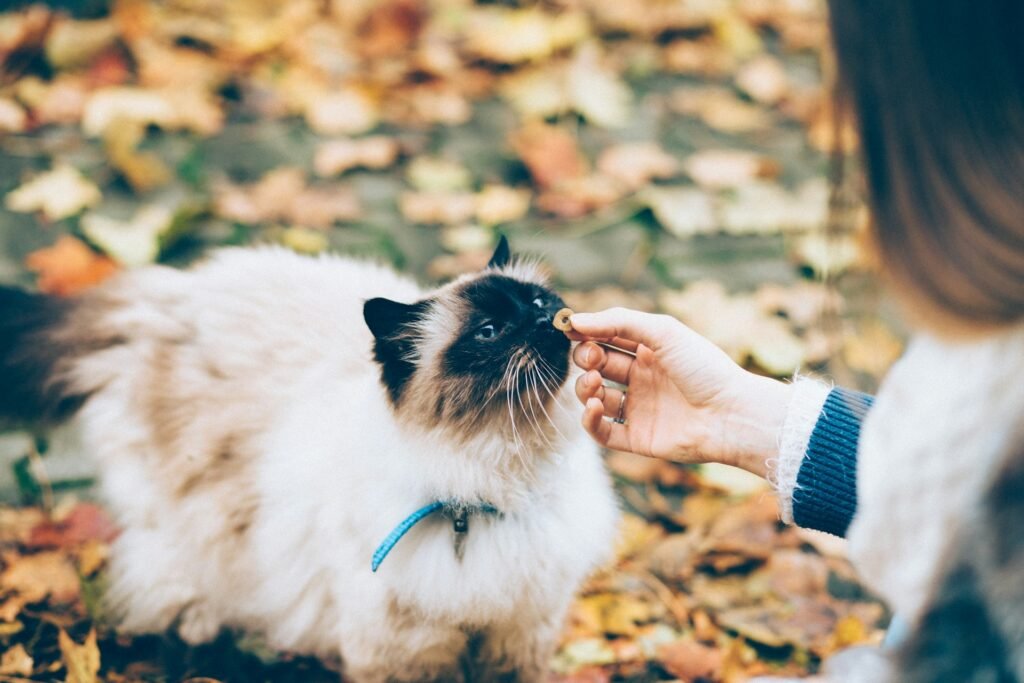
Final Thoughts (AKA Are You Ready for This?)
Making your own dry cat food isn’t exactly a walk in the park, but it’s doable—and let’s be honest, it’s kind of fun. You get to play chef, experiment with ingredients, and create something that’s (hopefully) healthy and delicious for your cat.
Plus, you’ll feel like a total rockstar every time you watch them chow down on food you made with your own two hands.
So, what are you waiting for? Grab your ingredients, preheat that oven, and get cooking. Your cat might not say “thank you” (because, well, they’re cats), but they’ll definitely appreciate the effort.
And who knows? You might just become the next big thing in feline cuisine 😉

